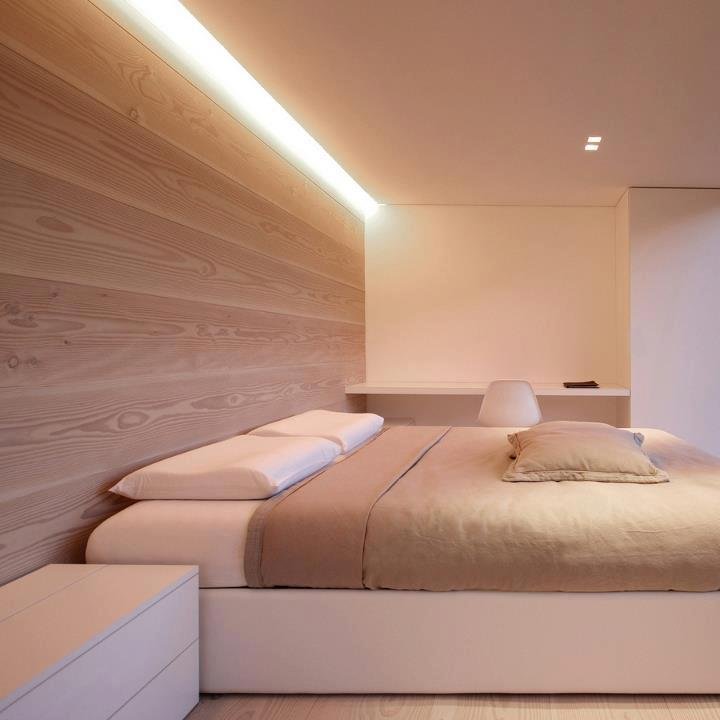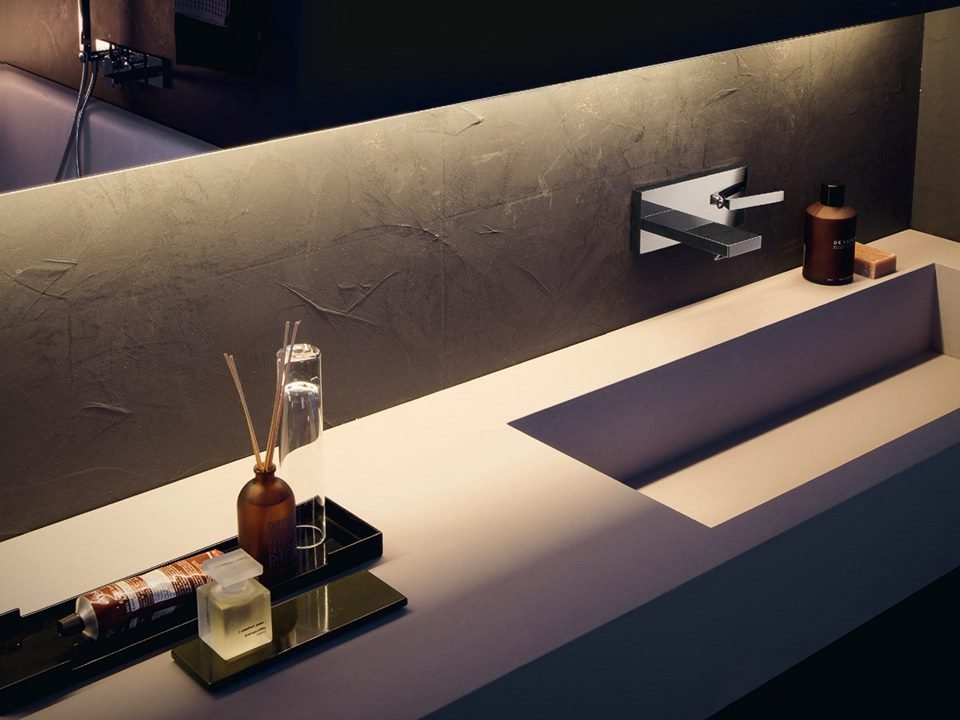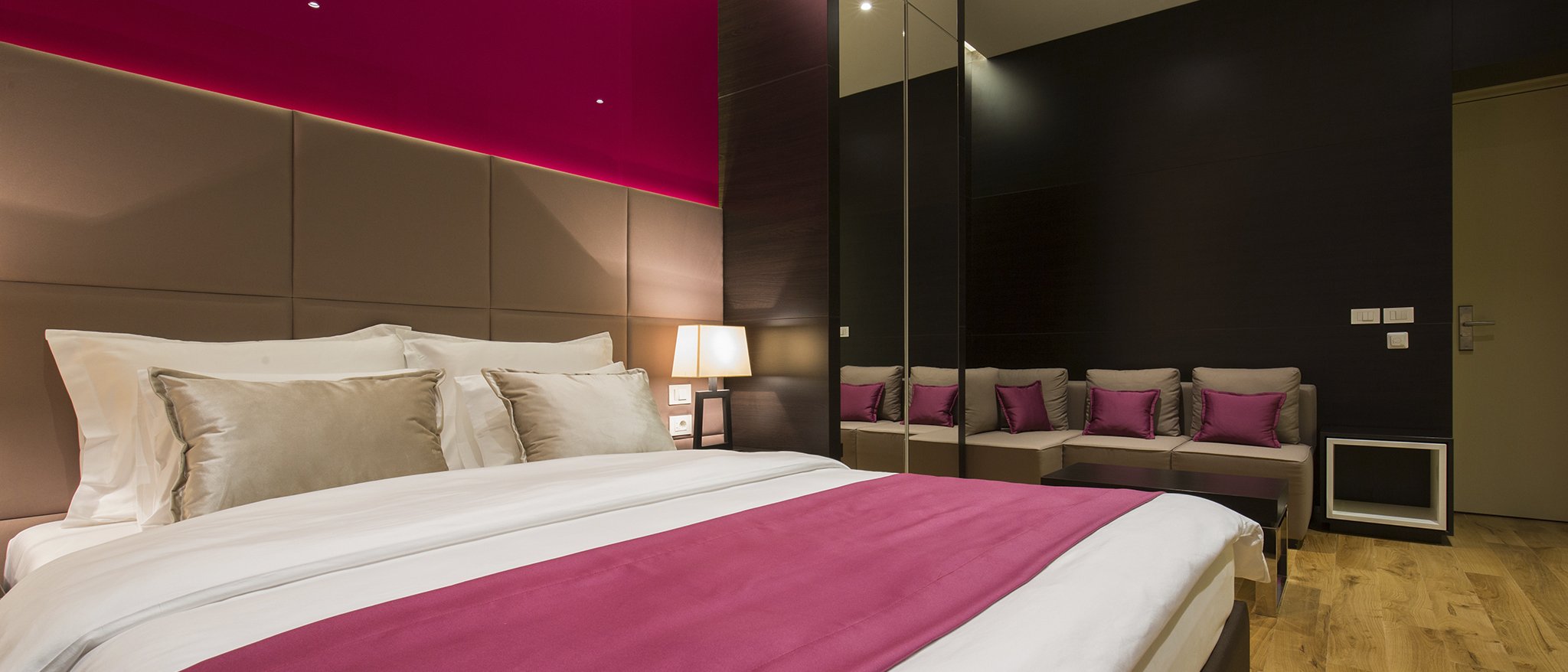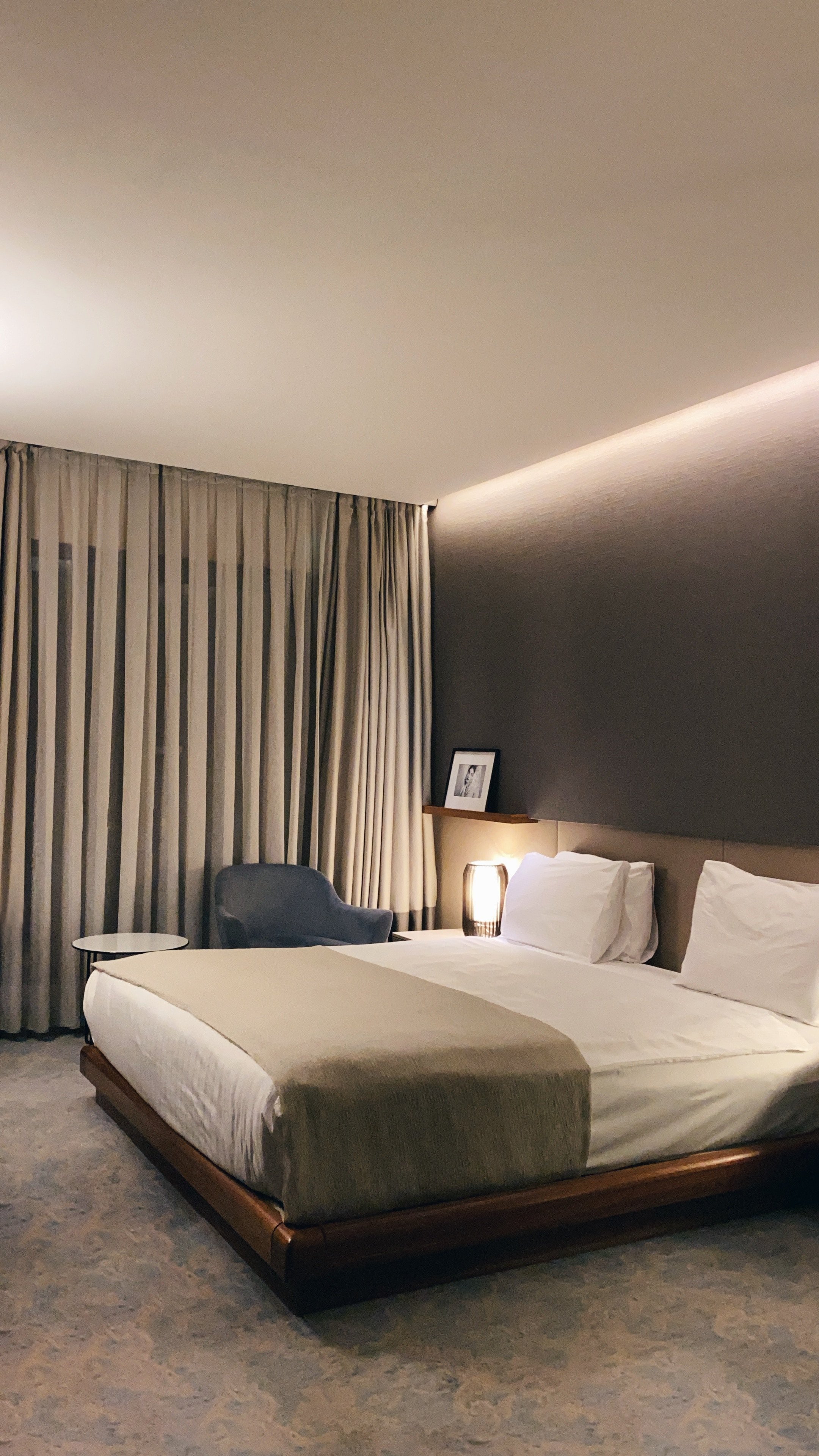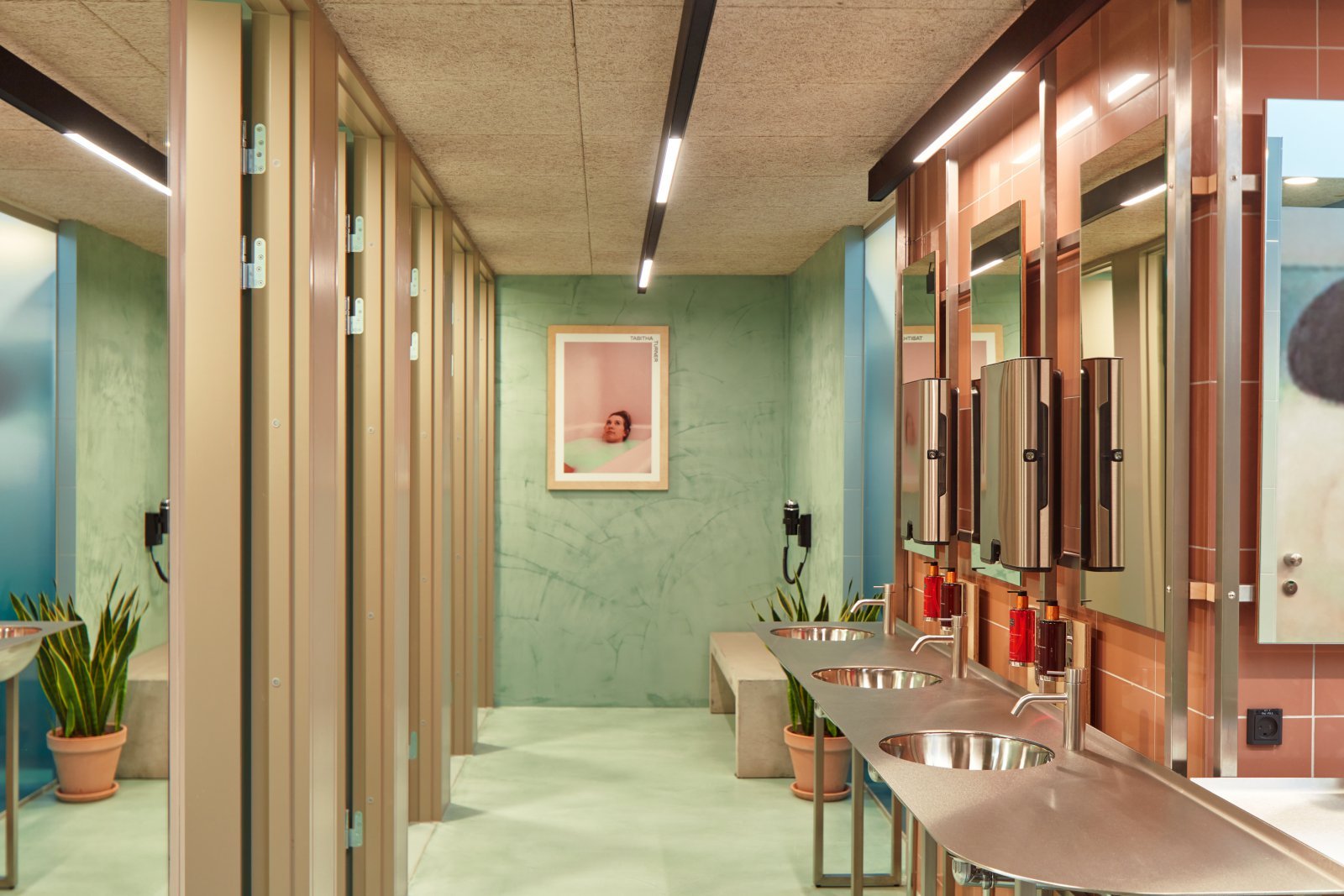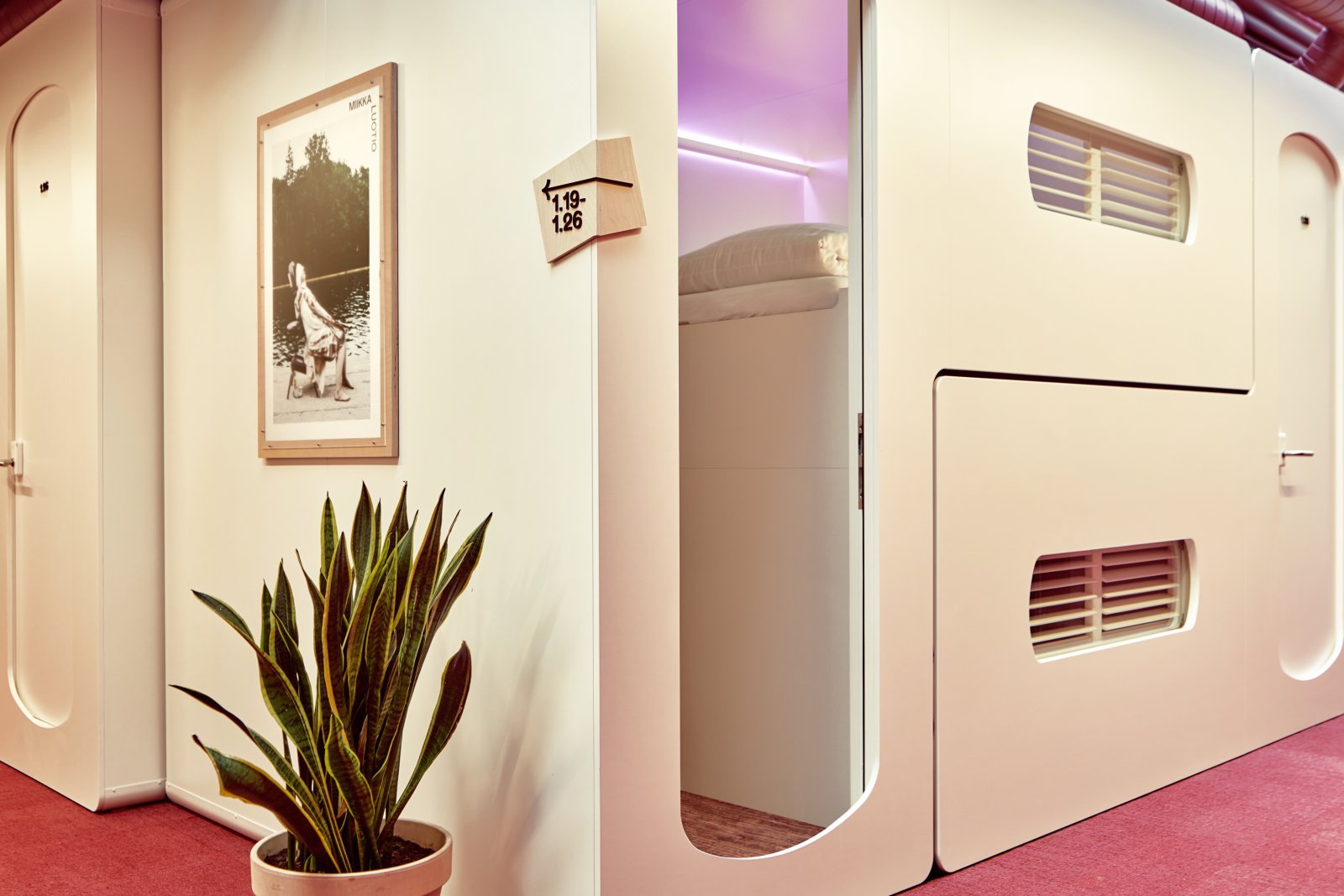Guide: How can the hotel room be illuminated with LED?
Are you a hotel manager considering replacing the current lighting in your hotel rooms with a new lighting solution? Read on for tips on how to design your new lighting!
In this blog, we provide you with the necessary guidance and professional advice to help you consider which new lighting solution you should choose and how it can best be installed. It is important to consider various aspects before choosing and installing new lighting. You should pay attention to the different things discussed in this blog to get the most out of your new lighting solution - for the benefit of both your guests and your finances.
Why is it important to consider lighting?
As a hotel manager, you sell an experience to hotel guests in the form of a hotel stay. It is therefore important to be aware of how guests perceive and experience the hotel, and as a hotel manager, it is your primary task to give guests the best possible experience. To give guests a good experience, it is essential that they feel at home and welcome at the hotel.
To fulfill this ambition of 'the good hotel stay', you as a hotel manager need to create the right atmosphere in the hotel. The atmosphere should be comfortable and inviting, and the lighting in the hotel plays an essential role in achieving this atmosphere. It is therefore essential to consider lighting in the hotel's interior design, as lighting can in many cases support the creation of a good atmosphere. It is not enough to just have the 'right' interior, because if the lighting is not right, even the most optimal interior design set-up cannot make guests feel comfortable. Lighting has a huge impact on people's wellbeing and mood, so if the light is dim or too bright, for example, it's virtually impossible to achieve a cozy atmosphere. Therefore, the right lighting is important if you want to optimize the hotel experience for guests.
Why is LED a good solution?
A good place to start when considering replacing your current lighting is to find out which type of lighting is best for you. There are several different types of lighting on the market today, but there is a broad consensus in the industry that LED is the best choice. This is because LED has many good qualities that can benefit guests, the economy and the environment. Thus, LED can be characterized as quality lighting, as it has been developed with an ambition to benefit and delight people by optimizing human well-being and well-being when exposed to LED light compared to traditional lighting. Furthermore, installing LED lighting can save you a lot of money on your electricity bill, as LED lighting has a very long lifespan and is a robust lighting solution that requires minimal maintenance. Due to these qualities, LED is also a great choice for the environmentally conscious hotel manager who wants to minimize the hotel's CO2 emissions and improve the hotel's green profile in marketing.
Guide to lighting in hotel rooms
If you want to replace the current lighting in your hotel rooms with LED, you can approach the task by dividing the hotel room into different 'zones' with different lighting needs. Thus, the guide is divided into 4 zones, in each of which different aspects must be taken into account in order to achieve the best lighting in that particular zone. In other words, it is important to be aware that all light cannot be lumped together, but must be assessed separately according to its specific qualities, including color temperature and color rendering. For more information on these two topics, see our blog on color temperature here and our blog on color rendering here.
Hallway lighting: It's important to light the hallway in an open and inviting way, as the hallway is the guests' first impression of the room. It is always important that there is plenty of light in the hallway to make guests feel welcome. To create a cozy atmosphere, look for light with a high CRI (color rendering index) and low Kelvin. This means that the light must have good color rendering ability, and here you can consider warm white LED light of around CRI 90. In addition, the color temperature must be warm, i.e. have a Kelvin of 2700-3000. A specific LED model that can be installed in the hallway is our spot model NS11 for installation in the ceiling. You can read more about NS11 here.
Room lighting: Good room lighting is essential as this is where guests spend most of their time when they are in the hotel room. Floor lamps or ceiling spotlights are often used for room lighting. Also in the room itself, it is important to install lighting with high CRI and low Kelvin, as mentioned above. Our NS19, NS14, NS16 and NS22 spotlights can be used for room lighting.
Bedside lighting: You can use a bedside lamp on each side of the bed and possibly LED strips behind the headboard that light up the wall. You can read more about our exclusive LED strips here. As mentioned above, you should not use lights in the room itself with a color temperature above 3000K, i.e. cold light. However, for bedside lighting, it is possible to use up to 6000K, i.e. cold lighting, but this should be used with caution and tested carefully in relation to the rest of the lighting in the room.
Bathroom lighting: The bathroom has a different climate than the rest of the hotel room and this is important to keep in mind. As such, very different color temperatures can be used - some prefer 4000K light in the bathroom, while others prefer warmer light at 3000K. If you want a minimalist and 'clean' look in the bathroom, you can use slightly colder light with a kelvin of 4000K. In the bathroom, spot lighting is often used to deal with moisture and water from showers, etc. For this task, our spot model NS14 is a good choice.
Lighting on a whole new level
You know the feeling, you're woken up by the sound of the alarm on your phone every morning. One hotel in Iceland has taken that and lighting to a whole new level.
It's an experiment the hotel has introduced where visitors have the option of what they call "natural wake-up". This is done by activating a five-minute long dynamic light, where the light intensity changes from 0 to 90 percent and ends at a color temperature of 5600K. This ensures that the guest is woken up quietly and calmly - not through sound, as we know it, but through lighting. As an extra feature, lighting has been incorporated into the room much more than just the function of illuminating the room. Bedrooms have ceiling-mounted luminaires with color temperatures of 2100K, 4000K and 6000K with color rendering of minimum CRI85. The guest can adjust the color temperature to suit the situation and mood needed.
The four scenarios can be:
Relaxing ambience with low light levels of approx. 50 LUX and a warm color temperature
Energizing ambiance that raises the light level to 350 LUX
Daylight with levels of approx. 120 LUX
Night lighting with kelvin of 4000K and 6000K
Create user experience with LED
This is probably a trend that will be interesting for other hotels, spa facilities or similar in the future. As the lighting setup itself indicates, such a solution is not the cheapest, but highly energy-efficient utilization of LED lighting. At the same time, you give the guest a user experience that is different and unique.
Next week, we'll talk about how international sports arenas are using lighting to do more than just illuminate the pitch - before and during the game.
How can we help you?
At Lumega, we focus on the quality of light and life, and we can offer you LED products with the latest lighting technology on the market. At Lumega, we design different LED solutions that can be adapted to any environment and tailored to any situation. We can help you design a unique and optimal LED solution for your specific needs and wishes. We also provide the best lighting control so that everything runs automatically. Contact us to learn more about the impressive benefits of LED and start improving your lighting with LED today.

